Measurement of turbidity in the pharmaceutical industry
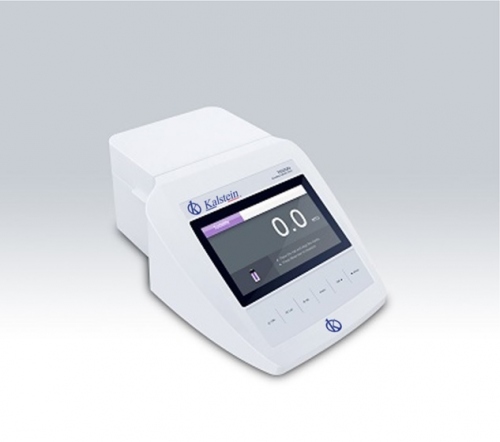
Turbidity is a crucial factor in the production process in the pharmaceutical sector, precisely controlling turbidity levels in all final products; from medicines to ointment and lotion preparations, it is essential for pharmaceutical companies who want to ensure that their products are safe and effective for patients.
Benefits of the Bacticinerator Glass Bead Sterilizer in Laboratories

Advances in technology have contributed to the development of modern systems to ensure the stability, safety and maximum efficiency of clinical laboratories; this is reflected in the use of sophisticated devices such as the Glass Bead Sterilizer Bacticinerator, equipped with innovative features to optimize laboratory procedures.
"Reinventing the industrial landscape: using modern technology to improve the quality of industrial washing machines for laboratories."
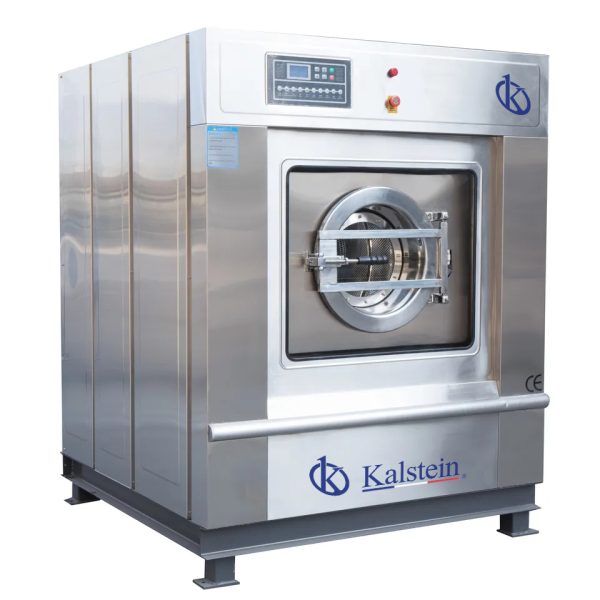
Industrial laboratories present a unique challenge when manufacturing and maintaining products; due to the way they work in this type of environment, safety protocols are particular; likewise, quality protocols are generally demanding.
Safety and regulations applicable to horizontal autoclaves
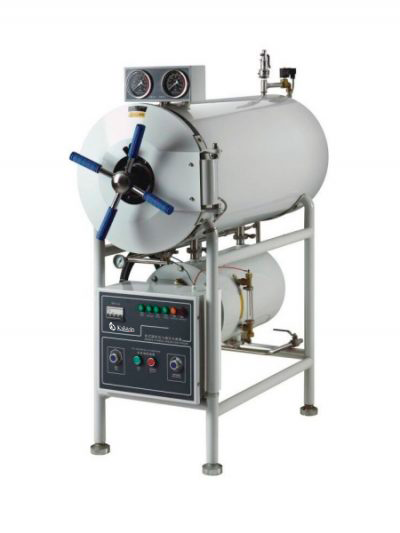
Safety is a major consideration when dealing with horizontal autoclaves; horizontal autoclaves provide users with a safe way to perform professional cleaning and disinfection processes. These machines can be used in a variety of applications, from the disinfection of spaces in medical and food laboratories to the manufacture of pharmaceuticals and cosmetics; for this reason, horizontal autoclaves are subject to a number of regulations related to safety.
The innovative cryostat for laboratory pathology
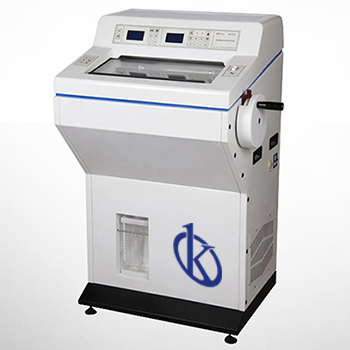
Laboratory Pathology has experienced a breakthrough with the development and use of innovative technologies, such as the Cryostat, which has been used in Laboratory Pathology for several years and has become one of the most important resources in tissue analysis.
Implementation of muffles in the laboratory
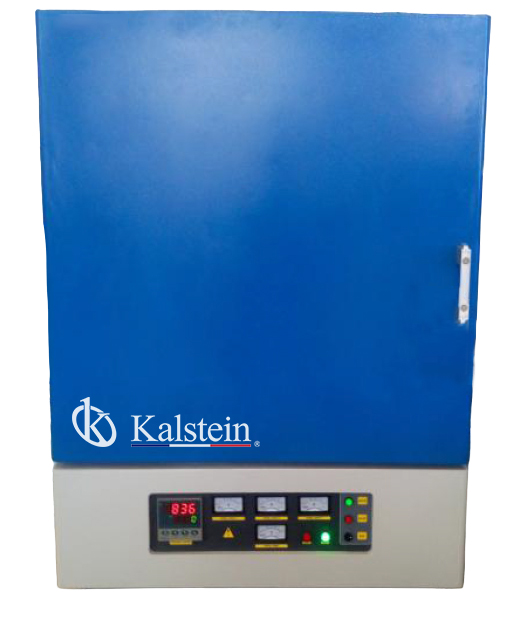
The muffle is a equipment used for the smelting of metals and for the cooking of materials, by using thermal energy. They are made up of different elements, which are necessary for its proper functioning, these are: an internal cabinet, a rear door, an external cabinet, temperature controllers and a control panel. It should be noted that only refractory materials must be used inside the muffle, since these are the only ones that withstand the temperatures that develop in it.
Color Evaluation Box, the ideal solution for analysis in medical laboratories
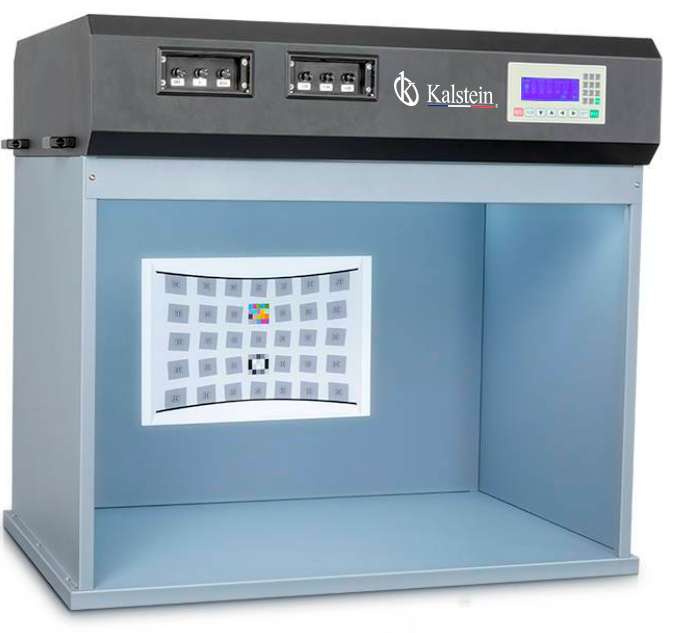
The color evaluation box is a unique and highly sophisticated device that has become an essential solution for evaluation and analysis in medical laboratories around the world. This innovative feature, which aims to significantly improve the accuracy and accuracy of examinations, has become essential in all medical settings. From blood tests to cosmetic surgeries, the color assessment box offers the best way to corroborate exam results.
How do you keep the heating cloths in the lab?
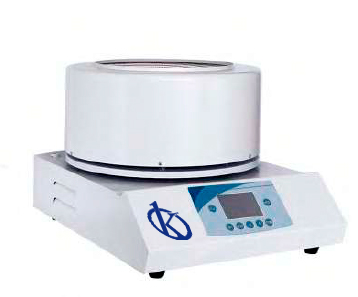
Heating cloths are laboratory devices that are used to maintain a constant temperature. These devices are extremely useful for various scientific applications, such as conducting chemical reactions, biological preparations and laboratory experiments. Due to its usefulness, it is important to keep the heating cloths of the laboratory in good condition, to ensure a stable temperature during the performance of scientific tests.
What are the main advances and recent developments in the area of infant incubators?
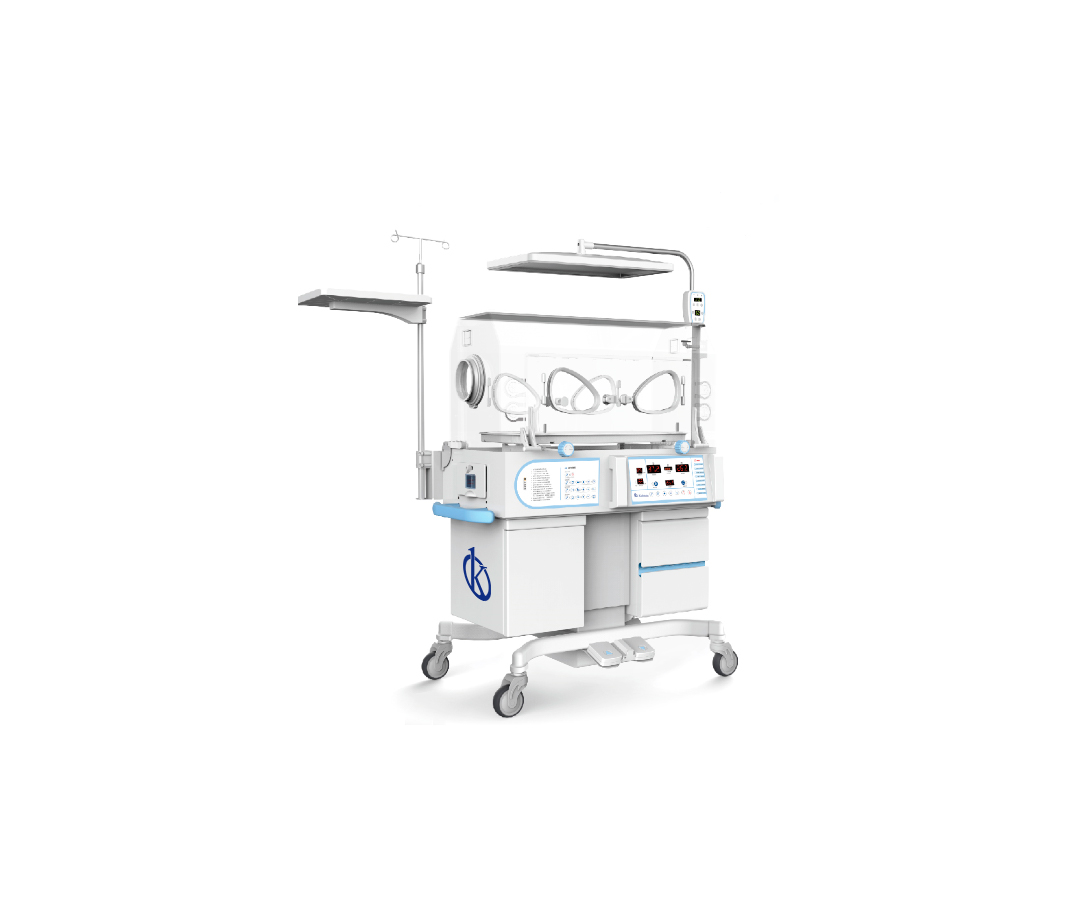
Childhood incubators have come a long way since their early days, in the middle of the last century, when they were true primitive devices; the advancement and development of emergency devices and vital monitoring in the area of neonatal care have meant huge steps forward in the infant incubator industry.
The best materials used for laboratory furniture
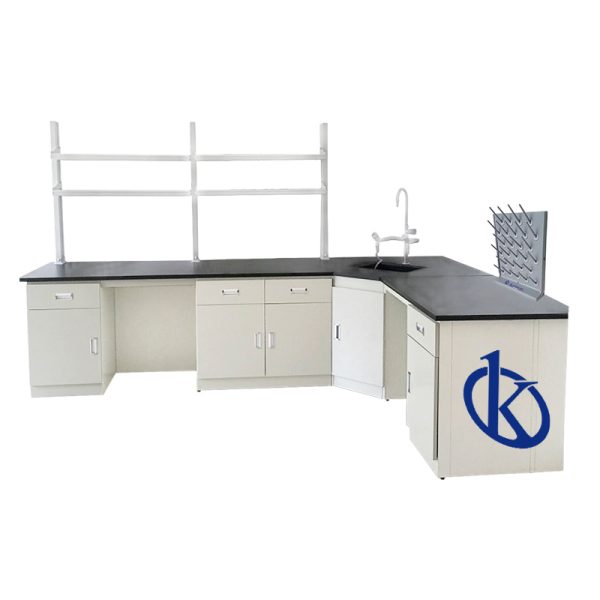
Laboratory furniture is one of the most important components for excellent scientific work, in recent years, there are a variety of materials used for laboratory furniture, such as stainless steel, aluminum, glass, wood and polycarbonate.
